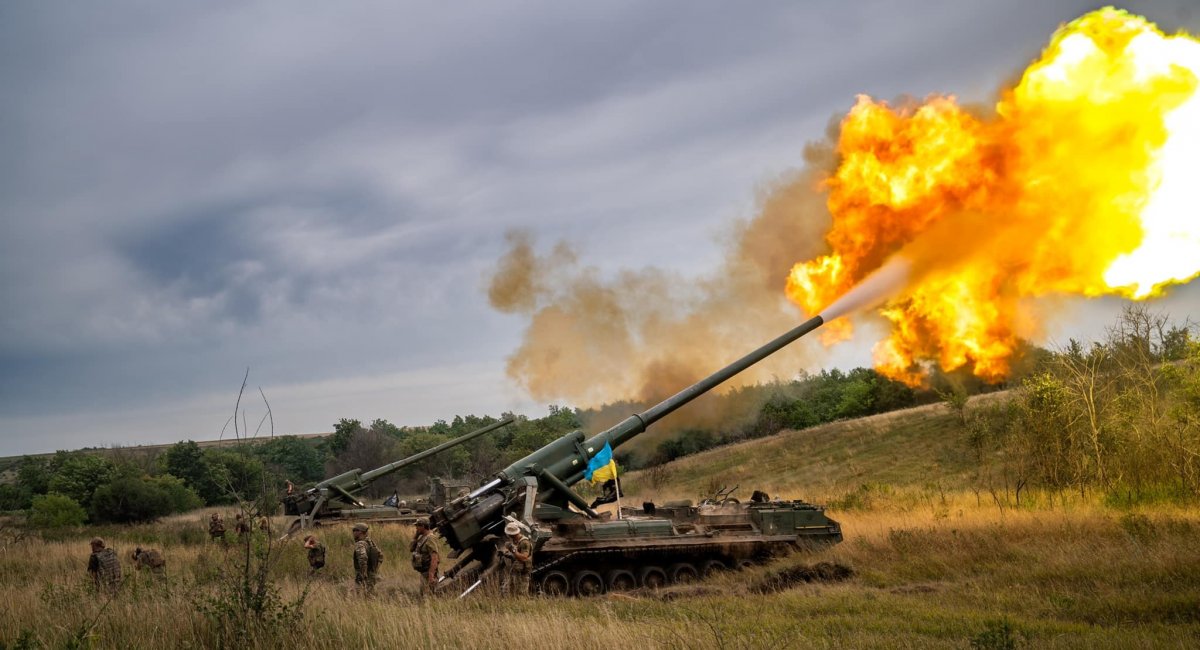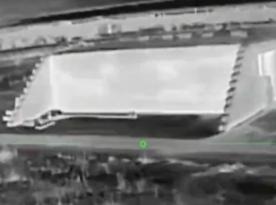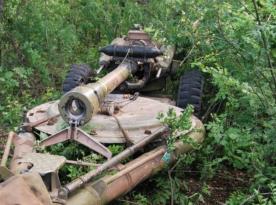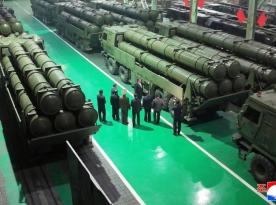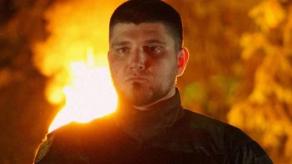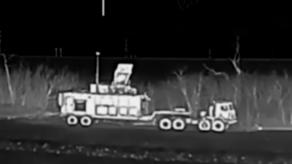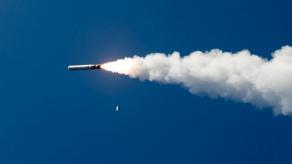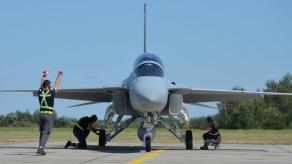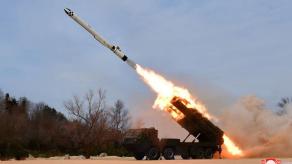A series of infographics recently published by The Wall Street Journal shed light on the comparative military potentials of Ukraine and russia in terms of defense budgets, equipment, manpower, etc. Among them, one particular image deserves close attention.
The data from the Royal United Services Institute (RUSI) suggests a significant gap between the two armies' expenditure in artillery ammunition that has emerged since summer 2023.
Read more: What's the Chance That FPV Drones Can Replace Mortars on the Battlefield in Ukraine
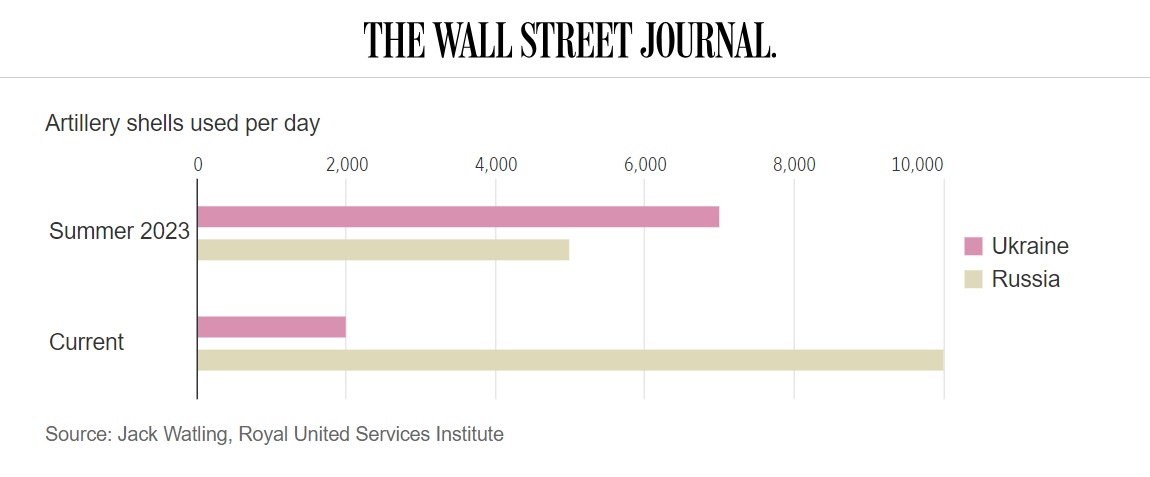
According to the RUSI, in summer 2023, Ukraine had an advantage in artillery fire, with the ability to fire up to 7,000–7,500 artillery rounds per day, compared to russia's 5,000 rounds.
Now, however, the Ukrainian rate of artillery fire has decreased to 2,000 rounds a day, while the russian invasion forces have doubled their spending up to 10,000 rounds. It appears difficult to independently confirm these figures but the current overwhelming rates of russian artillery fire have been admitted by Ukrainian military officials.
In particular, Oleksandr Tarnavskyi, commander of the Tavria Operational-Strategic Group, earlier stated that a shortage of 122mm and 152mm artillery shells forced the Ukrainian army to scale down the operations.
The plans announced by Ukraine's government to partially mitigate the shortage of artillery shells with increased production of explosive FPV drones also testify to the scale of the problem.
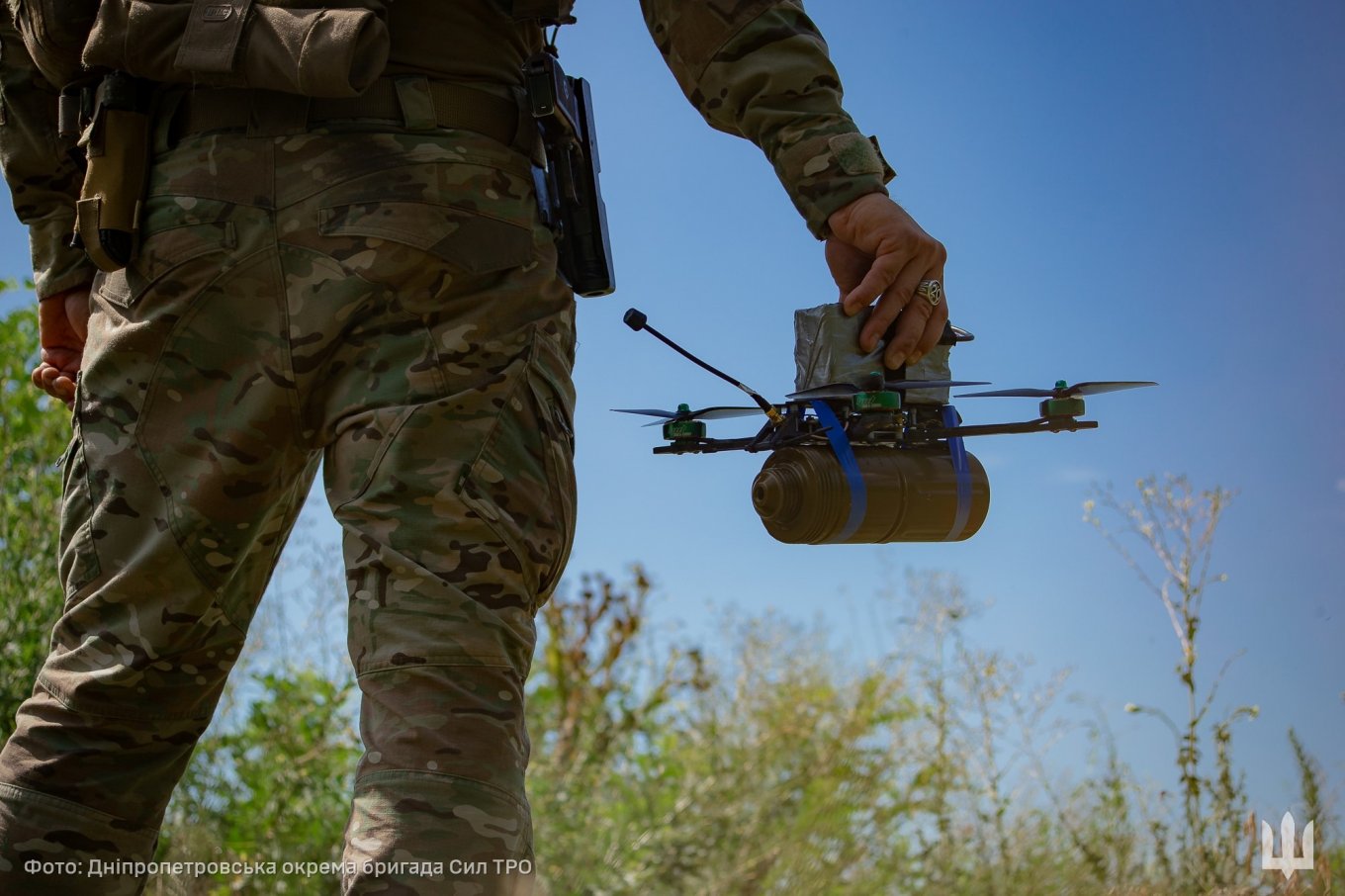
Ukrainian forces are strongly dependent on ammunition supplies from allied countries, creating additional hurdles: the United States is delaying the approval of the Ukraine military aid budget in 2024, and the European Union has fallen behind the schedule of its plan to provide 1 million shells to Ukrainian forces by March 2024.
On the brighter side, Kyiv aims to address the shortage by increasing domestic production. In December, Lt. Gen. Ivan Havryliuk mentioned plans to produce 155-mm artillery ammunition with "quantities that could largely cover the gap between the demand and the [amount of] assistance provided by partners," simultaneously ramping up production of "almost the entire spectrum" of Soviet-type munitions. However, the production rates and specifics are undisclosed for security reasons.
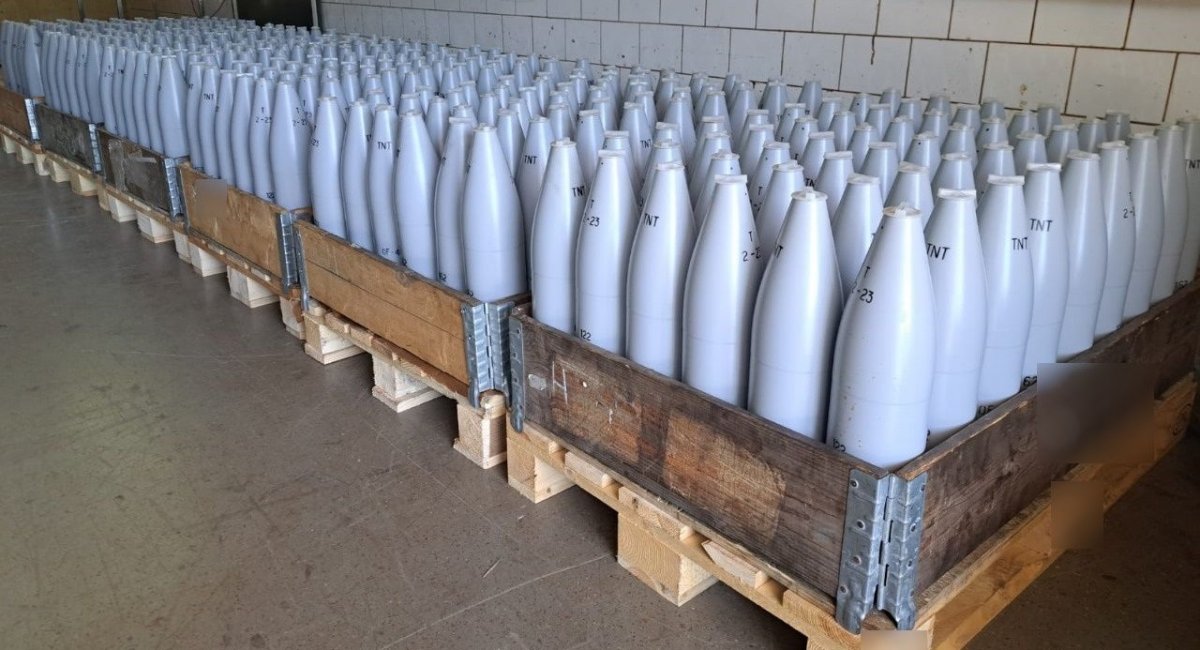
Going back to the data on artillery fire, one important aspect remains unclear: the percentage of high-precision ammunition used by both Ukrainian and russian forces. This is a vital detail because the use of smart artillery rounds like M982 Excalibur has helped Ukraine compensate for the shortage of conventional ammunition by reducing the average number of tries an artillery team typically needs to accomplish a mission. The same goes for the 155mm cluster munitions, which were delivered to Ukraine for the first time last year.
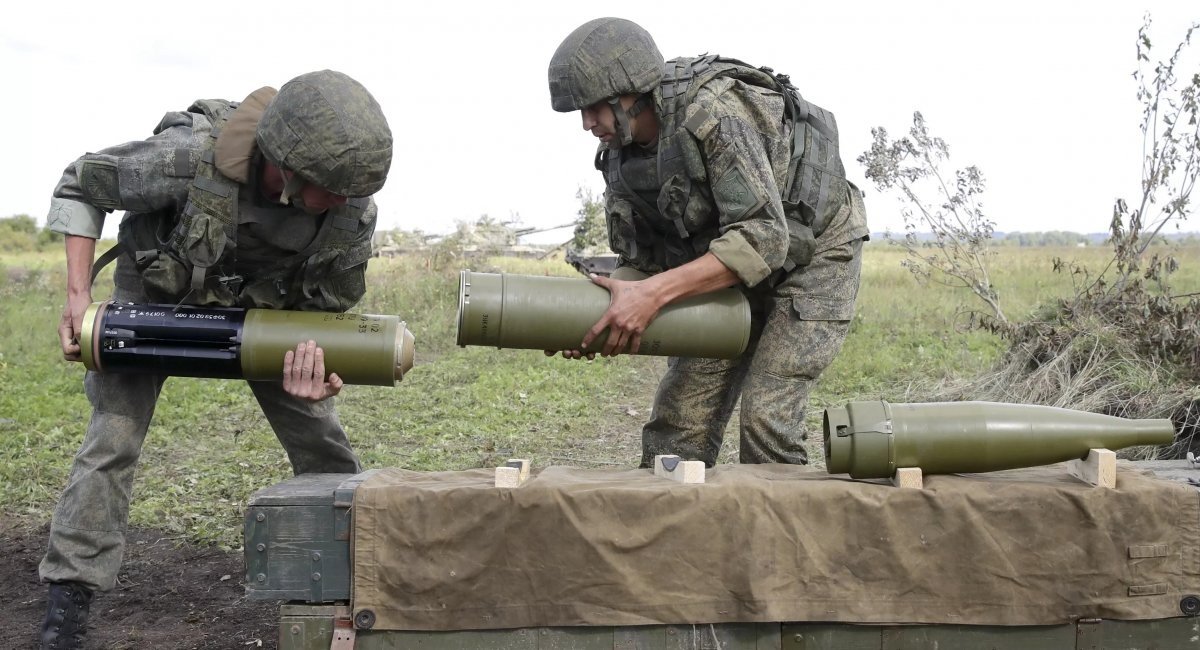
As for the russian artillery potential, the assessment must be cautious because military analysts have repeatedly warned that the proclaimed rates of 2 million artillery rounds produced annually are exaggerated.
Additionally, the russian federation has been feeding its artillery with systematically defective ammunition sourced from North Korea, leading to issues like barrel bursts.
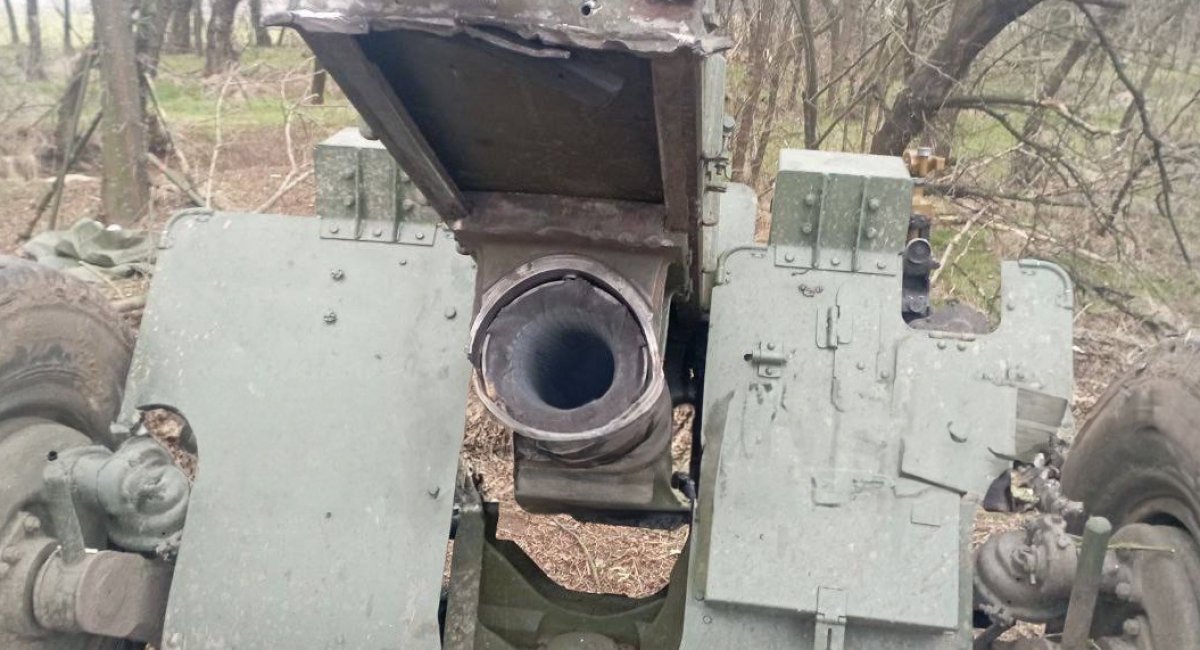
Read more: russian Howitzer Guns Tear Apart More Often, N.Korean Shells Not the Only Reason




